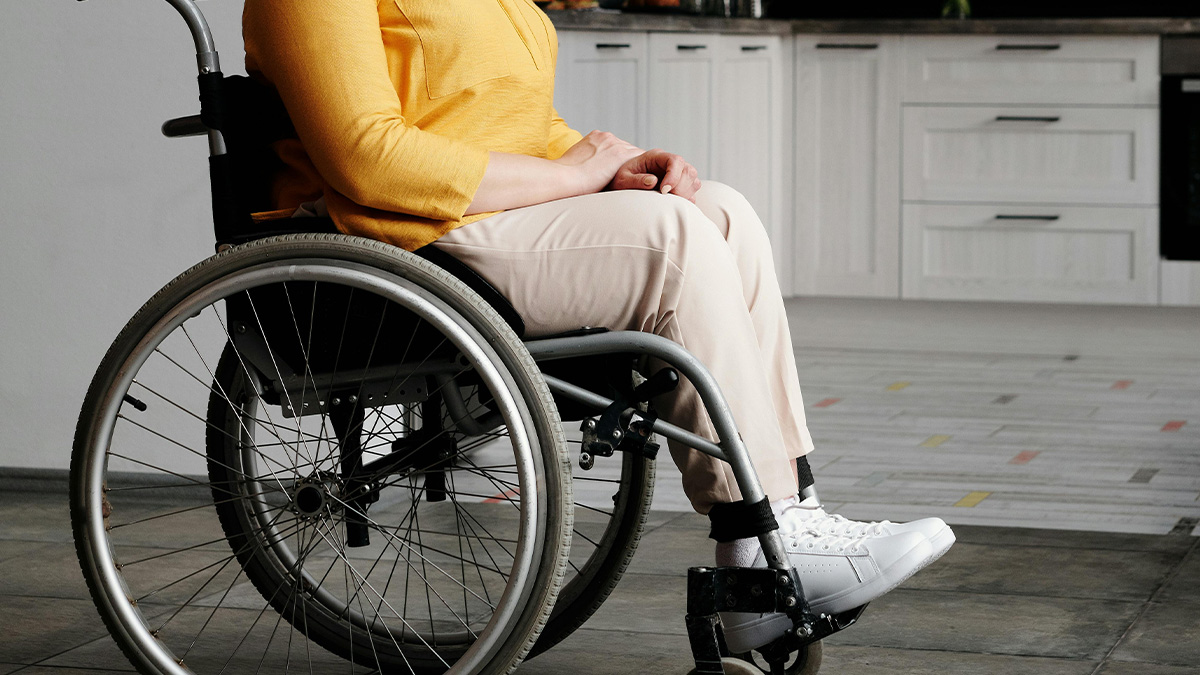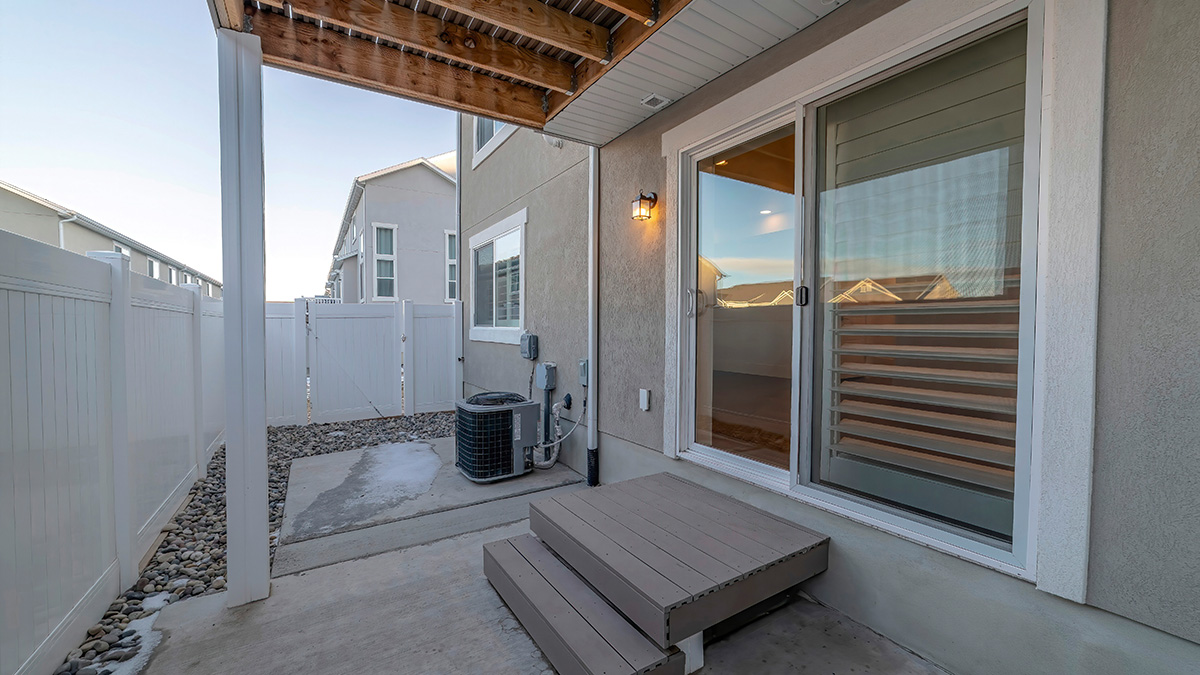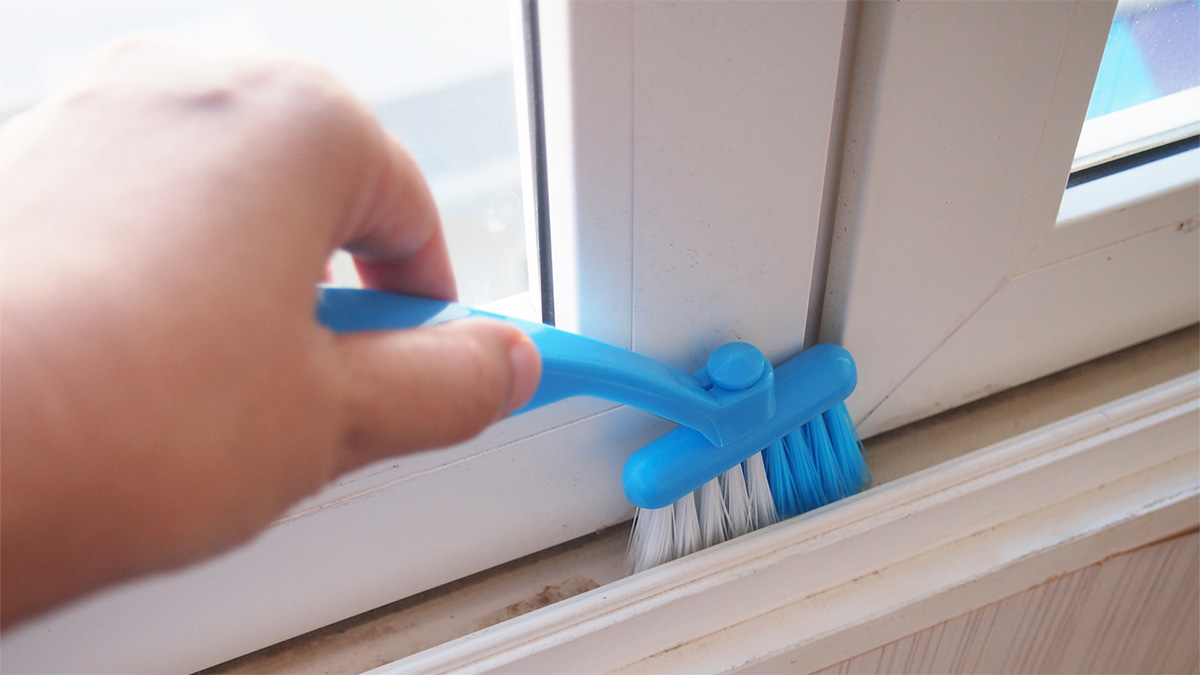The days are getting longer. The weather is getting warmer. Plants are beginning to exchange winter brown looks for springtime greens. With that, now’s the time to be getting your garden ready. After all, spring is the ripest time to begin planting or see your existing plants reawaken. Maintaining your garden in the early spring is essential for a healthy and productive growing season. By preparing your soil, pruning and dividing perennials, and starting your seedlings off right, you’ll be well on your way to a beautiful and bountiful garden. So let’s set the stage for a good and productive growing season with these helpful spring gardening practices.
And are you still trying to figure out what to plant in the spring? Check out our article now on best plants to grow in March.

Preparing Your Soil
After a winter’s rest, your soil is going to need some TLC. Now is the perfect time to add organic matter, such as compost or well-rotted manure, to your soil. This will help to improve its structure, fertility, and water-holding capacity. You should also test your soil to see what it needs in terms of nutrients and pH, and then adjust accordingly. If you have heavy clay soil, you may want to add gypsum to help break it up and improve drainage.
Pruning the Perenials
As the weather warms up, perennials will begin to emerge from their winter dormancy. Over that time, there may be sections that have died or are damaged or have clustered into overcrowded clumpes. Now is a great time to begin pruning. When pruning, be sure to make clean cuts just above a leaf node, and avoid leaving stubs. Dividing perennials will help to keep them healthy and promote better blooming.


Get Your Seedlings on Their Best Start
Not all plants can or should be out outside at the start of the spring gardening season. After all, while we may be in SoCal, part of the days can still be a bit cold for your plants (not to mention the occasional one-in-a-several-decade blizzard), especially in the early days of their life cycle. To give your seedlings their best start, place them in planters indoors in a sunny, warm location, and be sure to provide them with the right amount of light and water. Once the seedlings are big enough and the weather is warm enough, you can transplant them into your garden. Remember to harden off your seedlings before transplanting them, by gradually exposing them to outdoor conditions.
The Way of Water
Proper watering is essential for a healthy garden. When gardening in the spring, plants are still establishing their root systems, so they need consistent moisture. Water deeply and less frequently, rather than shallowly and often. This will encourage deep root growth and help your plants to be more drought-resistant in the long run.
Water early in the morning, before the heat of the day, to minimize evaporation. Use a soaker hose or drip irrigation to water at the base of your plants, rather than from overhead. This will help to prevent disease and conserve water.





